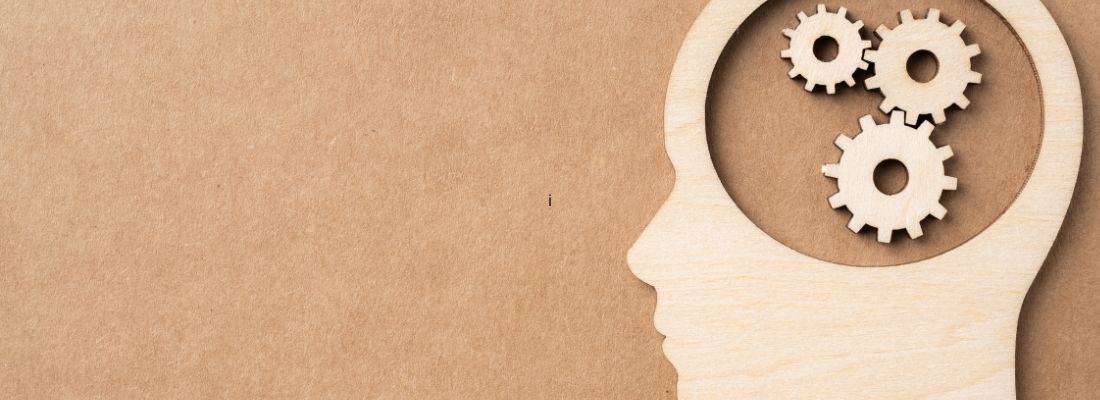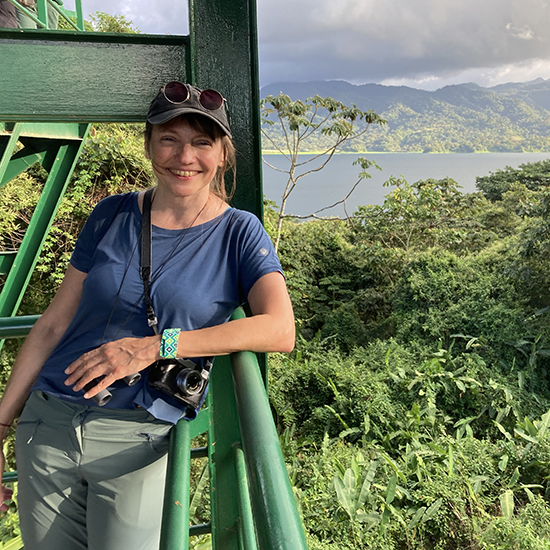Villum Experiments grants to 3 researchers at Department of Biology
51 innovative and unconventional research ideas have just received support from the Villum Foundation.

Research Director at the Villum Foundation, Thomas Bjørnholm, has shared his thoughts on the Experiment programme on the foundation's website in connection with the grant distribution. The Experiment programme gives daring research ideas a special opportunity.
"Villum Experiment represents the unexpected and the untested. Here, we support researchers who dare to take chances, and we know that some of these projects can lead to groundbreaking discoveries. Our goal is to give space to ideas that can change the world—even if they may seem completely wild at first.," says Thomas Bjørnholm. Read more on the foundation's website here.
Three of the grants have been awarded to researchers affiliated with the Department of Biology:

Marie Curie Postdoctoral Fellow - Monica Rojas Triana
Title: "Is Circular DNA Transforming Plant Community Resilience to Environmental Stress?"
Grant: 1.9 mio DKK
Genes define the unique traits of species. The concept that these genes typically do not flow between species of higher organisms is a foundational principle in genetics. I propose to challenge it by introducing the concept of communal gene streams (CGS), wherein genes circulate among plant species within a community. These genes, carried by circular DNA vehicles, can transiently benefit host plants, fostering a collective response to environmental challenges. My project aims to test this hypothesis through proof-of-concept experiments detecting circular DNA movement between plant species bridged by parasitic plants and its usage by recipient species. If successful, it will pioneer a new framework for studying lateral gene transfer (LGT) in higher organisms and strategies for fortifying plant community resilience against climate change pressures.
____

Associate professor Anders Garm
Title: Do animals glow with invisible light?
Grant: 1,9. mio DKK
Marine worms of the family Alciopidae have huge bulbous eyes that are highly sensitive but only to UV-light. Since they are night active, there is no celestial UV-light and accordingly the project will test the hypothesis that the alciopid worms use ultraviolet bioluminescence for visual communication with conspecifics. This will be the first time UV-bioluminescence is found in any animal but also show that putatively there is a completely new unexplored world of bioluminescence invisible to the human eye and to most cameras. The hypothesis will be tested in the wild and under lab conditions using specialized UV-ultrasensitive cameras. The biochemistry behind the UV-bioluminescence will also be examined with a range of molecular tools. Biochemistry producing such high energy light is currently unknown from biological systems and its discovery will help answer questions on how specific chemical interactions influence the colour of bioluminescence.
____

Assistant professor Laura Arribas-Hernandez
Title: A Plant Physico-Chemical Thermometer
Grant: 1,9 mio DKK
Key question: How do plants measure the temperature in the spring to start growing?
Key impact: Uncover the physico-chemical phenomenon underlying temperature-dependent growth adjustment in plants.
Key result: Establish a correlation between the temperature-dependence of the phase separation propensity of a key plant growth regulator and temperature-dependent growth.
